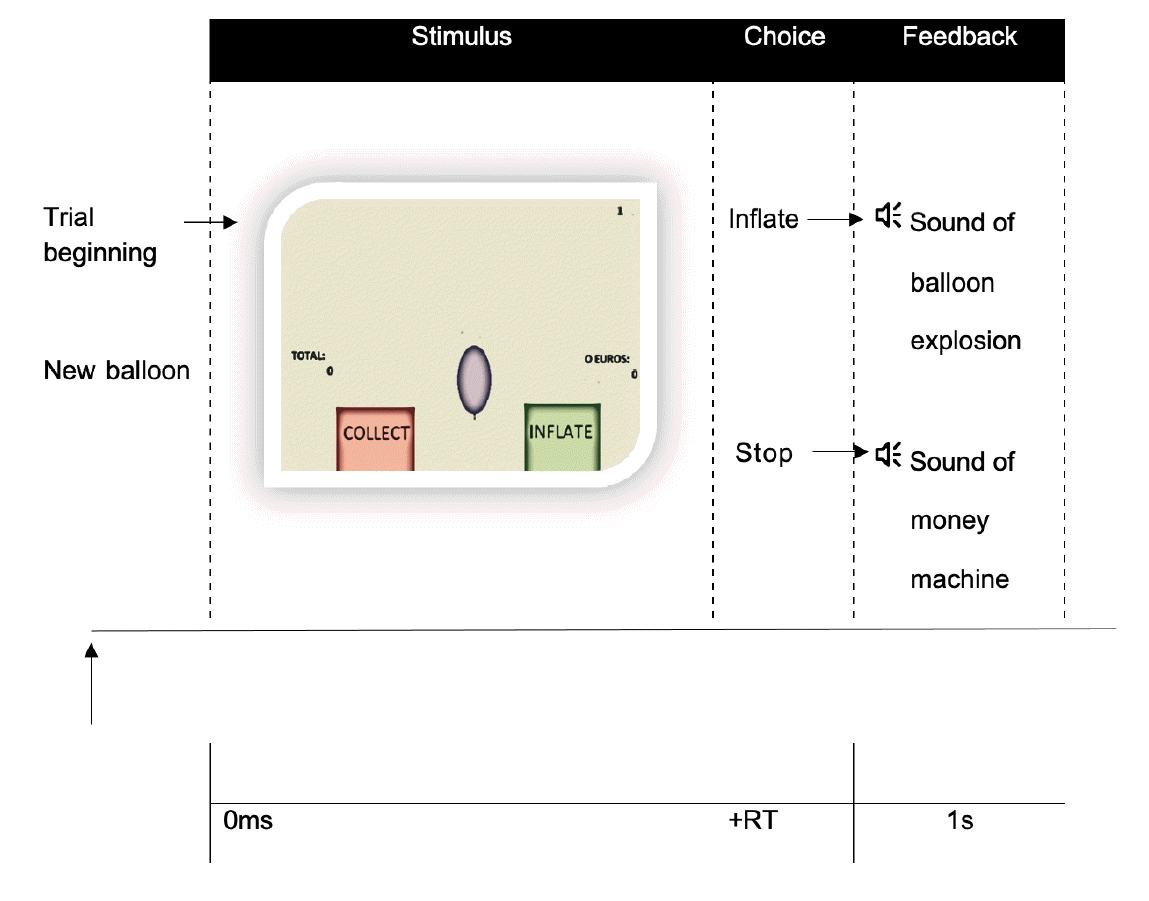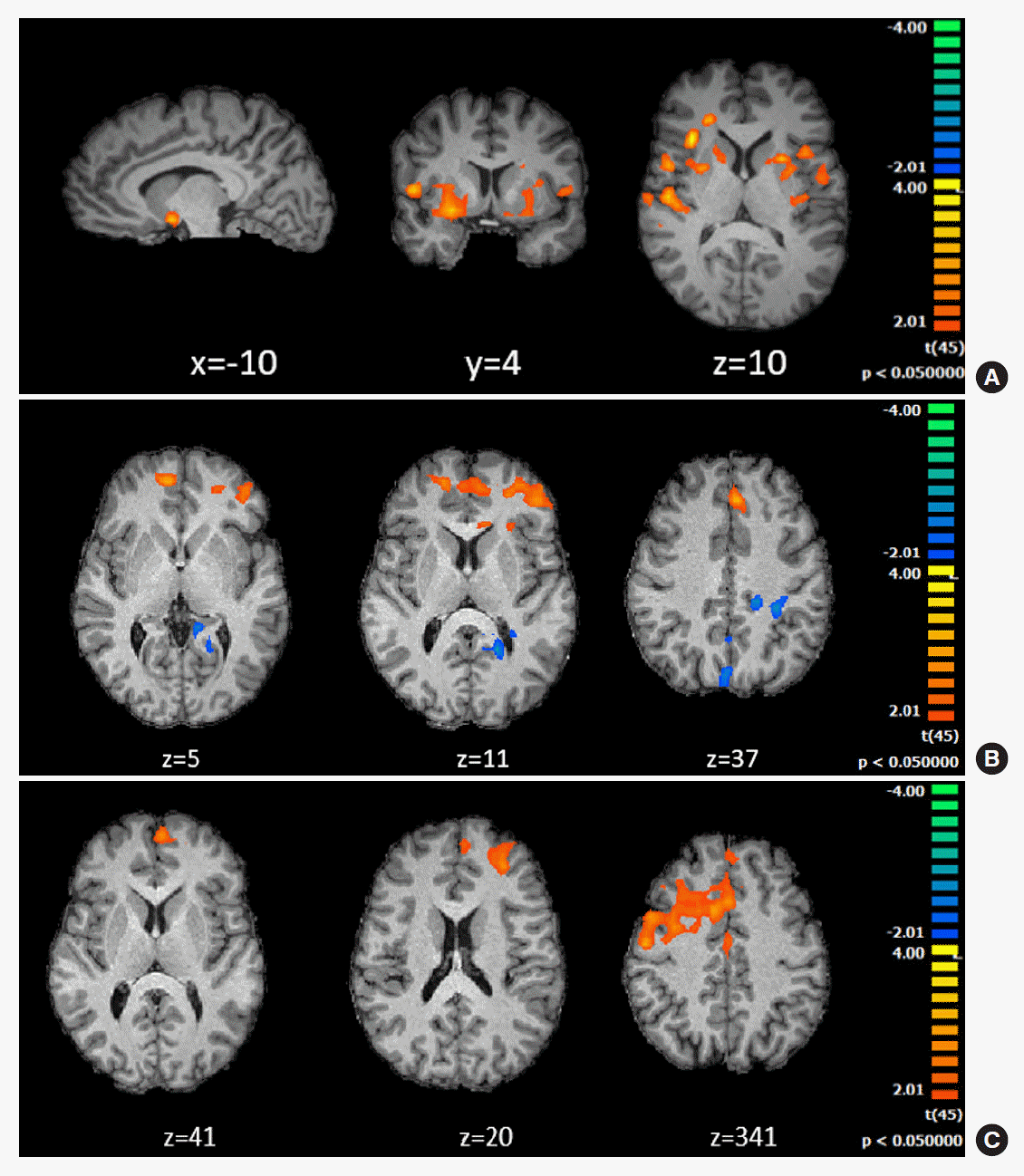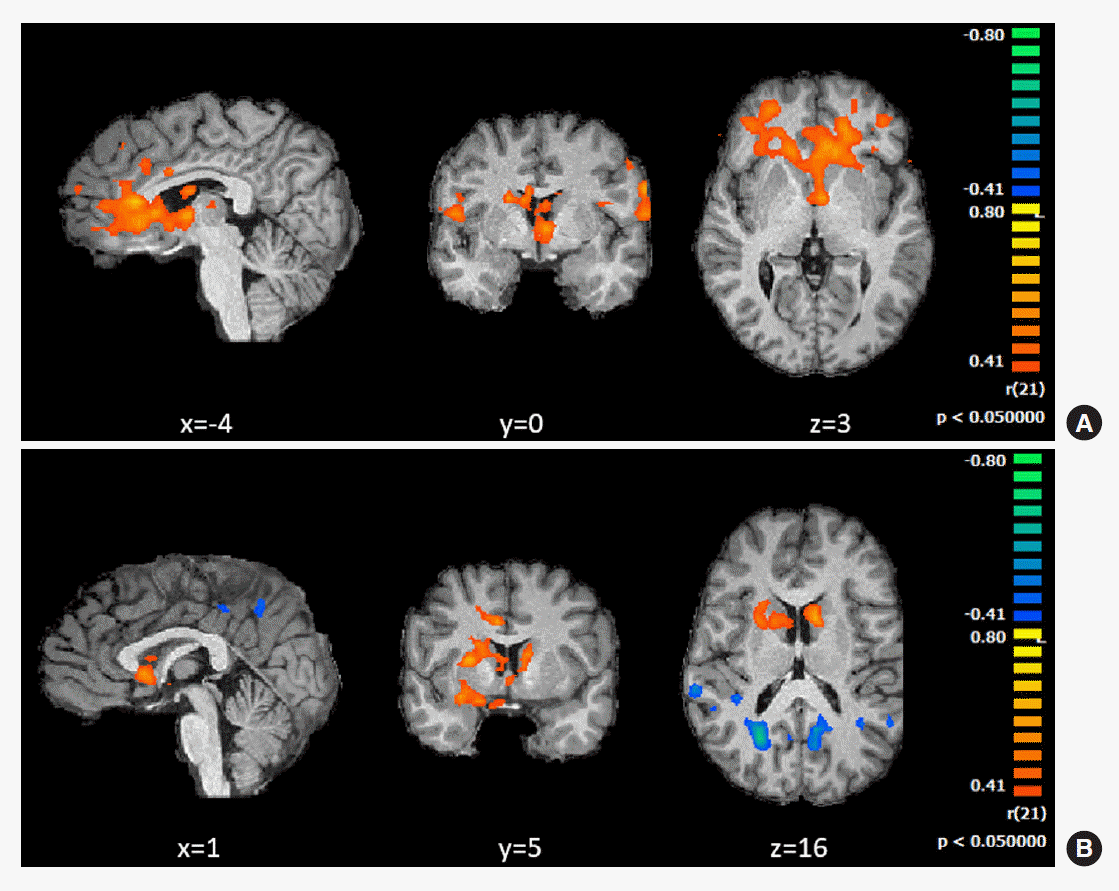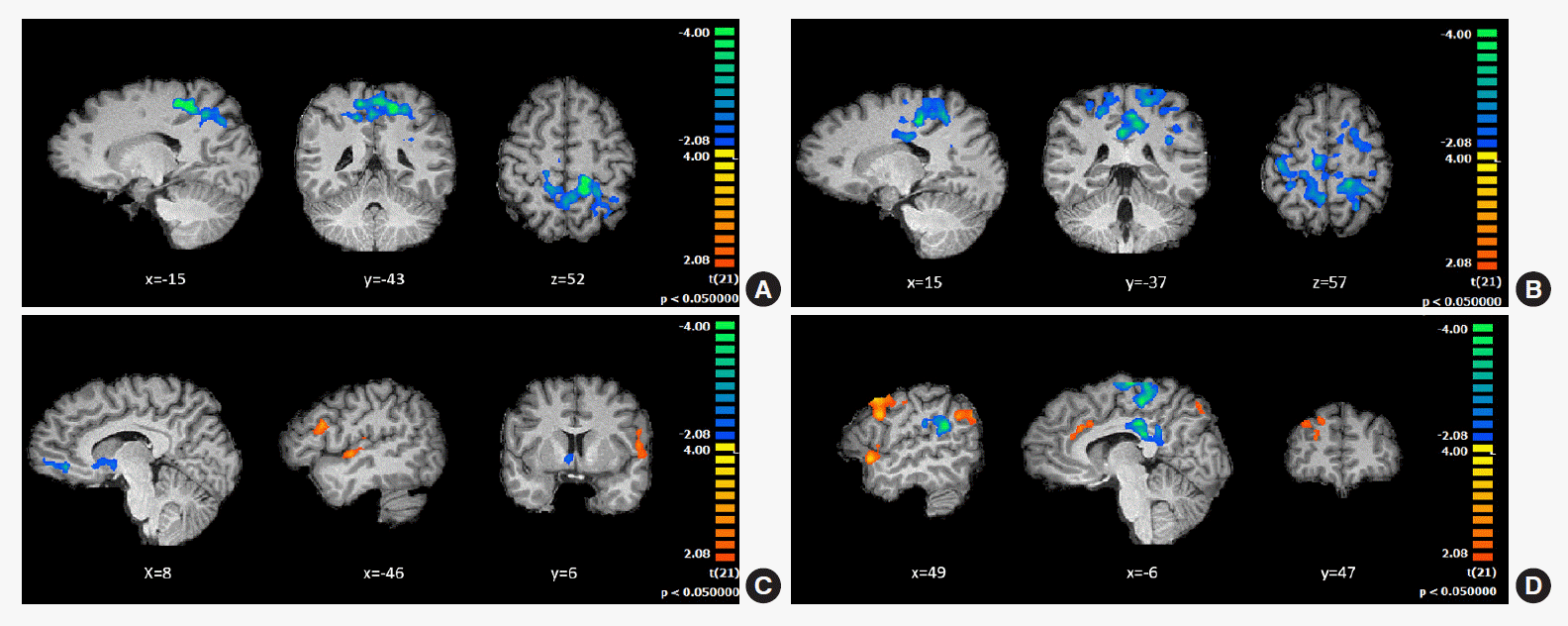1. Jorge H, Duarte IC, Correia BR, Barros L, Relvas AP, CasteloBranco M. Successful metabolic control in diabetes type 1 depends on individual neuroeconomic and health risk-taking decision endophenotypes: a new target in personalized care. Psychol Med. 2021; Mar. 18. [Epub].
https://doi.org/10.1017/S0033291721000386.

2. Hadj-Abo A, Enge S, Rose J, Kunte H, Fleischhauer M. Individual differences in impulsivity and need for cognition as potential risk or resilience factors of diabetes self-management and glycemic control. PLoS One. 2020; 15:e0227995.

3. Canario N, Sousa M, Moreira F, Duarte IC, Oliveira F, Januario C, et al. Impulsivity across reactive, proactive and cognitive domains in Parkinson’s disease on dopaminergic medication: evidence for multiple domain impairment. PLoS One. 2019; 14:e0210880.

4. Probst CC, van Eimeren T. The functional anatomy of impulse control disorders. Curr Neurol Neurosci Rep. 2013; 13:386.

5. Muthukrishnan AV, Wathieu L, Xu AJ. Ambiguity aversion and the preference for established brands. Manag Sci. 2009; 55:1933–41.

6. Congdon E, Bato AA, Schonberg T, Mumford JA, Karlsgodt KH, Sabb FW, et al. Differences in neural activation as a function of risk-taking task parameters. Front Neurosci. 2013; 7:173.

7. Hsu M, Bhatt M, Adolphs R, Tranel D, Camerer CF. Neural systems responding to degrees of uncertainty in human decision-making. Science. 2005; 310:1680–3.

8. Taya F. Seeking ambiguity: a review on neuroimaing studies on decision making under ambiguity. Louvain Econ Rev. 2012; 78:85–100.
9. Fukunaga R, Brown JW, Bogg T. Decision making in the Balloon Analogue Risk Task (BART): anterior cingulate cortex signals loss aversion but not the infrequency of risky choices. Cogn Affect Behav Neurosci. 2012; 12:479–90.

10. Schonberg T, Fox CR, Mumford JA, Congdon E, Trepel C, Poldrack RA. Decreasing ventromedial prefrontal cortex activity during sequential risk-taking: an FMRI investigation of the balloon analog risk task. Front Neurosci. 2012; 6:80.

11. Helfinstein SM, Schonberg T, Congdon E, Karlsgodt KH, Mumford JA, Sabb FW, et al. Predicting risky choices from brain activity patterns. Proc Natl Acad Sci U S A. 2014; 111:2470–5.

12. Lamichhane B, Adhikari BM, Dhamala M. The activity in the anterior insulae is modulated by perceptual decision-making difficulty. Neuroscience. 2016; 327:79–94.

13. Rao H, Korczykowski M, Pluta J, Hoang A, Detre JA. Neural correlates of voluntary and involuntary risk taking in the human brain: an fMRI Study of the Balloon Analog Risk Task (BART). Neuroimage. 2008; 42:902–10.

14. Heilbronner SR, Hayden BY. Dorsal anterior cingulate cortex: a bottom-up view. Annu Rev Neurosci. 2016; 39:149–70.

15. Korucuoglu O, Harms MP, Kennedy JT, et al. Adolescent decision-making under risk: neural correlates and sex differences. Cereb Cortex. 2020; 30:2690–706.

16. Peters SK, Dunlop K, Downar J. Cortico-striatal-thalamic loop circuits of the salience network: a central pathway in psychiatric disease and treatment. Front Syst Neurosci. 2016; 10:104.

17. Rajmohan V, Mohandas E. The limbic system. Indian J Psychiatry. 2007; 49:132–9.

18. Arias-Carripn O, Stamelou M, Murillo-Rodriguez E, Menendez-Gonzalez M, Poppel E. Dopaminergic reward system: a short integrative review. Int Arch Med. 2010; 3:24.

19. Daw ND, Doya K. The computational neurobiology of learning and reward. Curr Opin Neurobiol. 2006; 16:199–204.

20. Japee S, Holiday K, Satyshur MD, Mukai I, Ungerleider LG. A role of right middle frontal gyrus in reorienting of attention: a case study. Front Syst Neurosci. 2015; 9:23.

21. Schultz W. Neuronal reward and decision signals: from theories to data. Physiol Rev. 2015; 95:853–951.

22. Blais AR, Weber EU. A domain-specific risk-taking (DOSPERT) scale for adult populations. Judgm Decis Mak. 2006; 1:33–47.
25. Fernandes DAR. Estudos de validação da escala de impulsividade BIS-11 de Barratt para uma amostra da população portuguesa [Validation studies of Barratt Impulsivity Scale BIS-11-for Portuguese population] [master thesis]. Coimbra: University of Coimbra;2014. Available from:
https://estudogeral.uc.pt/handle/10316/28357.
26. Castro-Fonseca A, Eysenck SB, Simoes A. Um estudo intercultural da personalidade: Comparação de adultos portugueses e ingleses no EPQ. Rev Port Pedagog. 1991; 25:187–203.
27. Van Strien T, Frijters JE, Bergers GP, Defares PB. The Dutch Eating Behavior Questionnaire (DEBQ) for assessment of restrained, emotional, and external eating behavior. Int J Eat Disord. 1986; 5:295–315.

29. Mannella F, Gurney K, Baldassarre G. The nucleus accumbens as a nexus between values and goals in goal-directed behavior: a review and a new hypothesis. Front Behav Neurosci. 2013; 7:135.

30. Wise RA. Dopamine, learning and motivation. Nat Rev Neurosci. 2004; 5:483–94.

31. Knutson B, Greer SM. Anticipatory affect: neural correlates and consequences for choice. Philos Trans R Soc Lond B Biol Sci. 2008; 363:3771–86.

32. Brevers D, Noel X. Pathological gambling and the loss of willpower: a neurocognitive perspective. Socioaffect Neurosci Psychol. 2013; 3:21592.

33. Sohn SY, Kang JI, Namkoong K, Kim SJ. Multidimensional measures of impulsivity in obsessive-compulsive disorder: cannot wait and stop. PLoS One. 2014; 9:e111739.

34. Waugh CE, Lemus MG, Gotlib IH. The role of the medial frontal cortex in the maintenance of emotional states. Soc Cogn Affect Neurosci. 2014; 9:2001–9.

35. Peterson A, Thome J, Frewen P, Lanius RA. Resting-state neuroimaging studies: a new way of identifying differences and similarities among the anxiety disorders? Can J Psychiatry. 2014; 59:294–300.

36. Rauch SL, Shin LM, Phelps EA. Neurocircuitry models of posttraumatic stress disorder and extinction: human neuroimaging research: past, present, and future. Biol Psychiatry. 2006; 60:376–82.








 PDF
PDF Citation
Citation Print
Print



 XML Download
XML Download